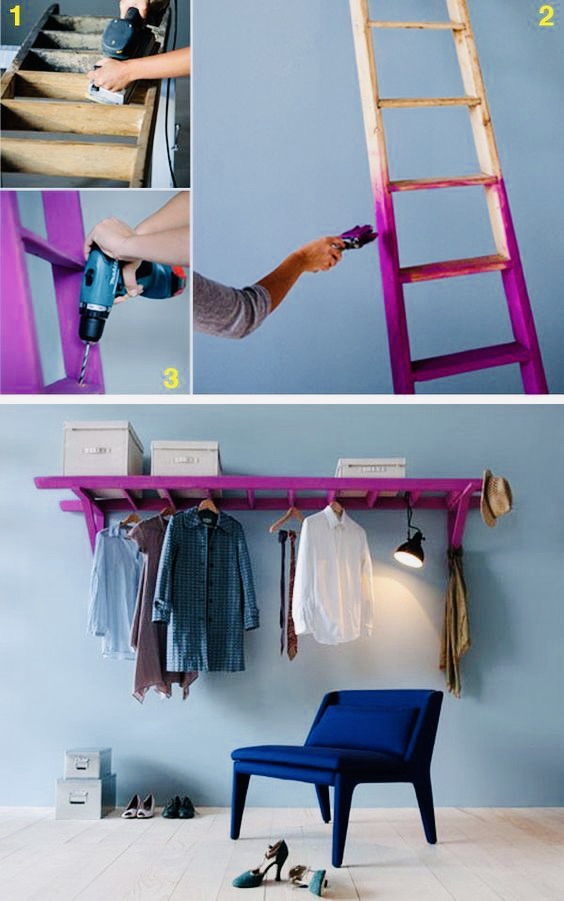Transform Your Home and Wardrobe: A Comprehensive Guide to Upcycling Furniture and Clothing
In today’s fast-paced consumer culture, items are often discarded before their time. Upcycling offers a sustainable and creative solution, transforming old furniture and clothing into renewed treasures. This guide delves into the art of upcycling, providing you with practical steps, tips, and insights to breathe new life into your belongings.
The Problem with Waste
Environmental Impact
Every year, millions of tons of furniture and clothing end up in landfills, contributing to environmental degradation. The production of new items consumes vast resources, leading to deforestation, water pollution, and increased carbon emissions.
Economic Considerations
Constantly replacing items can strain personal finances. Upcycling not only saves money but also adds unique value to your possessions.

Step-by-Step Guide to Upcycling
Furniture Upcycling
- Assessment: Identify pieces with potential. Solid wood items are ideal candidates.
- Preparation: Clean thoroughly and sand surfaces to remove old finishes.
- Design Planning: Decide on the desired look—paint, stain, or new hardware.
- Execution: Apply finishes in a well-ventilated area, allowing adequate drying time.
- Finishing Touches: Add new knobs, handles, or decorative elements to enhance appeal.
Clothing Upcycling
- Selection: Choose garments made of durable fabrics.
- Design Concept: Sketch ideas or find inspiration online.
- Alteration: Use sewing techniques to modify or combine pieces.
- Embellishment: Add patches, embroidery, or dye to personalize.
- Finalization: Ensure all seams are secure and the garment fits comfortably.
Best Practices and Tips
- Start Small: Begin with simple projects to build confidence.
- Use Quality Materials: Invest in good tools and supplies for better results.
- Stay Informed: Follow tutorials and join upcycling communities for inspiration.
- Safety First: Wear protective gear when using tools or chemicals.
- Be Patient: Take your time to ensure quality workmanship.
Common Mistakes to Avoid
- Skipping Preparation: Neglecting to clean or sand surfaces can lead to poor finishes.
- Overcomplicating Designs: Complex projects can be overwhelming; keep it manageable.
- Ignoring Fabric Types: Not all fabrics are suitable for certain alterations.
- Using Inappropriate Tools: Ensure tools match the project’s requirements.
- Rushing the Process: Allow adequate time for each step to avoid mistakes.
Expert Insights and Case Studies
Case Study: Transforming a Dresser
Jane Doe, a DIY enthusiast, purchased an old dresser for $20. After sanding, painting, and adding new hardware, she created a chic piece valued at $200.
Expert Tip: “Upcycling is not just about saving money; it’s about creating something uniquely yours,” says John Smith, a sustainable design expert.
Conclusion
Upcycling furniture and clothing is a rewarding endeavor that benefits both the environment and your personal space. By repurposing items, you contribute to sustainability while expressing creativity. Start your upcycling journey today and transform the old into something extraordinary.
Frequently Asked Questions
Q1: What materials are best for furniture upcycling?
Solid wood and sturdy metal pieces are ideal due to their durability and ease of modification.
Q2: Can I upcycle clothing without sewing skills?
Yes, many upcycling projects involve no-sew methods like using fabric glue or repurposing garments as-is.
Q3: Where can I find items to upcycle?
Thrift stores, garage sales, and your own home are great sources for upcyclable items.
Q4: How do I ensure my upcycled items are safe to use?
Use non-toxic materials and finishes, and ensure structural integrity, especially for furniture.
Q5: Is upcycling cost-effective?
Absolutely. Upcycling often requires minimal investment and can save money compared to buying new items.